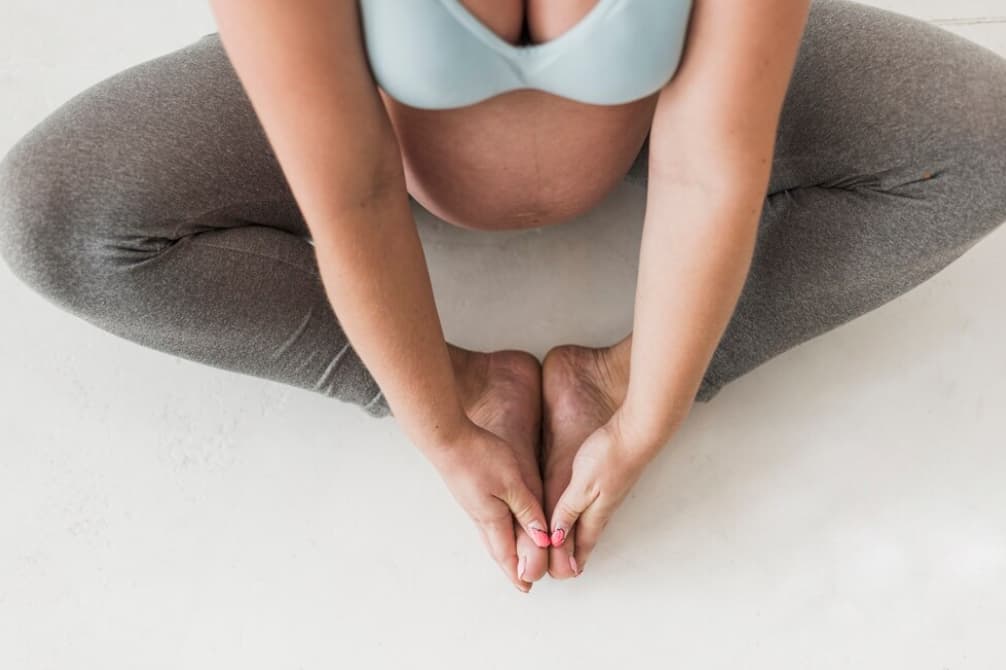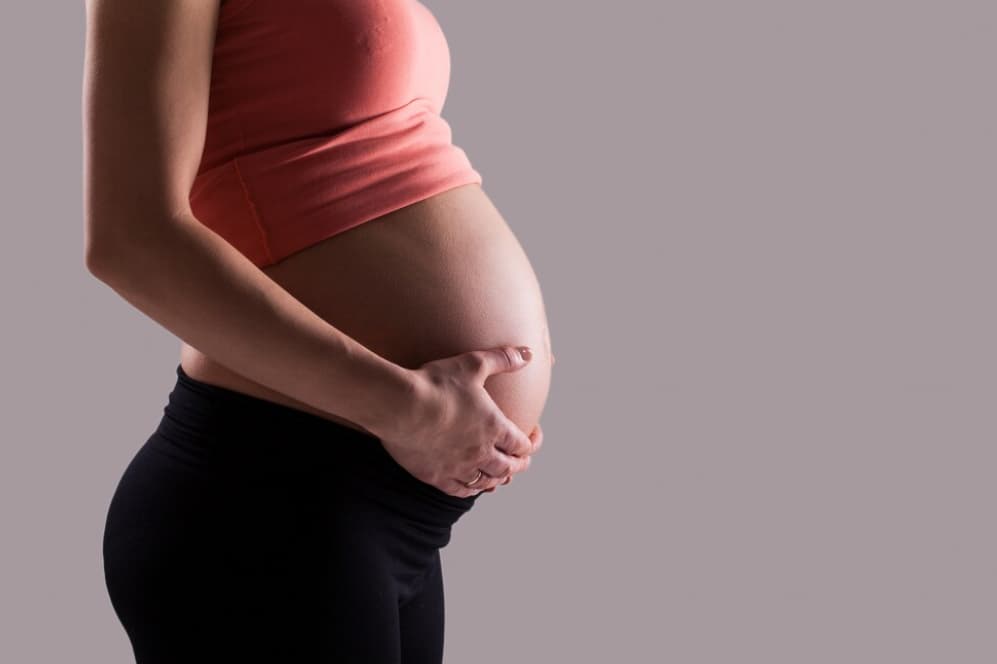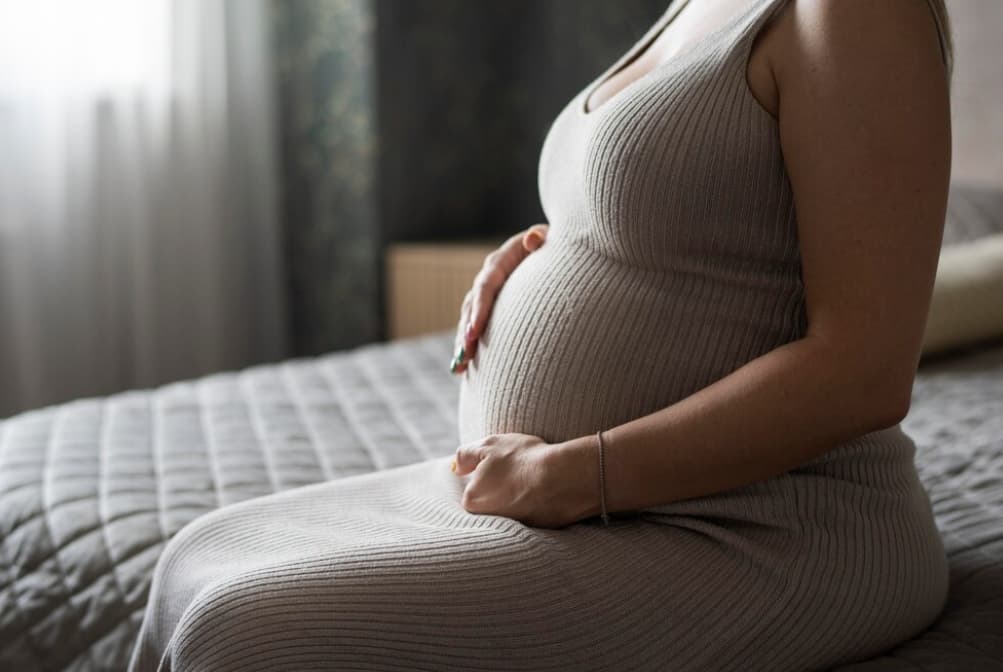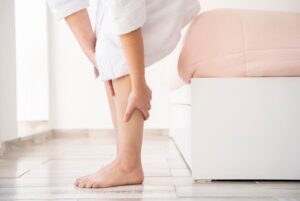Pregnant women typically prioritize routine examinations, ultrasounds, and lab work to monitor their well-being and that of their unborn child throughout the gestation period. Yet, in the midst of all the anticipation, the care for legs and feet often goes neglected, even though these parts endure the majority of the added weight, alterations in balance and body alignment, and the effects of hormonal fluctuations. This article will investigate the effects of pregnancy on the health of the feet and discuss ways to keep comfortable and active during each of the three pregnancy stages.
During pregnancy, foot pain typically begins to arise, and one common issue that many women experience is foot arch pain. You may also like to explore various methods for alleviating discomfort and supporting your feet during this time.
Lower Extremity Discomfort in Pregnancy: Causes and Symptoms
The root cause of discomfort in the legs and feet during pregnancy is frequently linked to changes in hormone levels, especially those of relaxin and progesterone. These hormones play a pivotal role in enhancing the ligaments’ elasticity, which is essential for allowing the pelvic area to adjust as the fetus grows and for facilitating childbirth.
The most pronounced changes usually happen from the second trimester into the third, around the 12th to the 34th week of gestation. While many of the bodily adjustments seen during this time are temporary and will slowly revert after giving birth, the journey back to pre-pregnancy condition can last up to the first year postpartum. This underscores the importance of extra foot support throughout this recovery timeframe.
How Pregnancy Can Lead to Foot Growth

During pregnancy, the body undergoes numerous transformations, one of which involves the production of a hormone known as relaxin.
- This hormone plays a crucial role in preparing the body for childbirth by loosening the ligaments and tissues around the pelvis;
- However, relaxin’s effects are not confined to the pelvic region; it circulates throughout the body, impacting other areas, including the feet;
- The combination of looser ligaments and the additional weight from the growing fetus places increased pressure on the feet, potentially causing them to flatten;
- This can lead to a noticeable change in foot size, with feet appearing larger and wider.
Many women experience an increase in shoe size during pregnancy, typically ranging from a half size to a full size, and in some cases, even more. While the feet of some individuals may return to their pre-pregnancy size during the postpartum period, others may find this change to be permanent. Predicting whether foot size will revert post-pregnancy is challenging, as it varies from person to person.
Understanding Foot and Ankle Changes in Pregnancy
In pregnancy, a woman’s blood volume can double compared to her regular levels. This increased blood volume circulates through the veins, exerting significant pressure on them, especially as they work against gravity to return blood from the legs to the heart. Consequently, about 80% of women experience swelling in their feet and ankles, typically starting around the 20th week of gestation. It’s essential to note that swollen feet and ankles can also signal a severe medical condition called pre-eclampsia, posing risks to both mother and baby. Thus, if you observe swelling in your feet or ankles, it’s crucial to inform your doctor or midwife promptly.
Feeling Unsteady or Off Balance on Your Feet
During pregnancy, especially in the third trimester when the baby and uterus carry considerable weight, the body’s center of gravity shifts forward. This shift alters natural balance significantly. Additionally, the relaxin hormone weakens ankle ligaments, exacerbating feelings of instability and unsteadiness while standing or walking.
Leg Discomfort and Fatigue During Pregnancy
During pregnancy, especially in the later stages, it’s quite common for expectant mothers to experience discomfort and fatigue in their legs. This is due to several physiological changes that occur during this time. These include dealing with a significantly increased blood volume, which can lead to swelling, maintaining balance as the body’s natural center of gravity shifts forward, coping with the effects of relaxin hormone which may decrease ankle stability, and supporting a greater overall body weight. This combination of factors means the leg muscles are working in unfamiliar ways, often resulting in feelings of tiredness and soreness.
Pregnancy-Related Foot and Leg Cramps
It’s a common experience for pregnant women to suffer from cramps in their feet and legs, particularly during the second and third trimesters. Although the precise reasons for this phenomenon remain somewhat unclear, several contributing factors have been identified. These include the additional weight being supported by the legs and feet, increased pressure on veins caused by the uterus, fluctuations in the body’s mineral levels due to an increased blood volume, and potentially insufficient hydration.
The Occurrence of Varicose Veins During Pregnancy
Varicose veins are a condition where the veins become enlarged, twisted, or bulging, and are more noticeable beneath the skin’s surface. Pregnancy increases the likelihood of developing varicose veins due to the veins having to accommodate a much larger volume of blood than usual. This increased demand can lead to damage and result in the veins becoming more visible and prominent, adding to the various physical challenges experienced during pregnancy.
Back Pain During Pregnancy
During pregnancy, experiencing back pain is quite common. The added weight of the growing uterus and baby can exaggerate the natural curvature of the spine, resulting in increased pressure on the spinal joints. Consequently, the muscles surrounding the spine tighten, and the back muscles endure heightened strain due to the additional weight they must support. This combination of factors often leads to back pain for expectant mothers.
Identifying Foot Problems During Pregnancy

The causes and symptoms of foot problems during pregnancy, as outlined, can be readily identified and diagnosed during a consultation with our podiatrists. Utilizing medical imaging is unnecessary in most cases. Should any abnormalities be detected in your symptoms, we will promptly refer you to the most suitable practitioner for further assistance.
Foot Health and Comfort Solutions
Experiencing foot pain or discomfort can significantly affect your daily activities, especially during pregnancy and the post-partum period. To address these concerns, consulting a professional podiatrist is a crucial step. In Brisbane, our team of skilled podiatrists offers comprehensive evaluations and personalized care plans to alleviate foot-related discomforts. Our approach involves a detailed examination of your feet and legs to identify any potential injuries to muscles, ligaments, or joints. Our goal is to enhance your comfort and mobility during and after pregnancy by implementing a tailored treatment strategy. Here’s what our treatment may include:
- Medical-Grade Compression Socks: High-quality compression socks combat swelling in the feet, ankles, and lower legs. These socks are specifically chosen based on their mmHg rating to ensure optimal comfort and support throughout the day;
- Customized Foot Orthotics: With changes in foot posture during pregnancy, personalized orthotic solutions support and relieve the feet. This aids in minimizing overuse and strain on muscles and tissues, enhancing overall comfort;
- Expert Footwear Recommendations: Given that foot size may change, particularly in width, professional advice is available for selecting the best footwear to accommodate these needs. Recommendations include a variety of styles suitable for indoor and outdoor use across different seasons, ensuring feet are well-supported;
- Foot Bracing Solutions: For individuals experiencing weak or unstable ankles, which could lead to discomfort or falls, specific bracing options like the Exo-Brace are suggested for their effectiveness in preventing ankle sprains;
- Advanced Recovery Techniques: For those who have suffered a foot or leg injury during pregnancy, a spectrum of evidence-based treatments is utilized to accelerate recovery. Techniques such as shockwave therapy, laser treatment, foot mobilisation, and more are selected based on the unique injury, symptoms, and recovery goals.
Managing Pregnancy Foot & Leg Pain: Why Ignoring Isn’t Wise
As your pregnancy progresses, the burden of carrying your growing baby and uterus increases significantly, often exacerbating aches and pains, particularly in the feet and legs. However, ignoring these discomforts can lead to further complications. Seeking assistance from a podiatrist can effectively alleviate symptoms and ensure your comfort throughout the pregnancy journey.
Advantages of Consulting Podiatrists
An experienced and knowledgeable team of podiatrists is dedicated to providing exceptional care for patients. Opting for their services for foot care during pregnancy and beyond offers several benefits:
- Access to a variety of innovative treatments including the Exo-Brace, laser therapy, shockwave therapy, and more;
- Assurance of being in capable hands: the team prioritizes patient care and stands out for its genuine passion, motivation, and excellence in podiatry;
- Treatments are based on evidence and delivered by practitioners who are continuously updating their knowledge in podiatric science;
- The team’s personal experiences with pregnancy, either directly or through partners, provide them with unique insights into patients’ needs and optimal treatment approaches;
- The service is characterized by ongoing support, including treatment modifications like orthotic adjustments, to ensure the best possible outcomes.
FAQs
Addressing foot cramps during pregnancy can be challenging due to the uncertain cause. While there isn’t a definitive evidence-based treatment, some studies suggest that vitamin and mineral supplements, such as magnesium, B vitamins, and calcium, may provide relief for some individuals. However, results vary, and not all studies support this approach. If you’re experiencing frequent foot cramps, it’s important to manage and relieve any excess pressure on your feet and legs.
If you’re feeling an almost uncontrollable need to move your feet, it’s possible that you’re experiencing restless legs syndrome (RLS), a condition that affects the nervous system. We recommend seeking medical advice to explore this possibility further and discuss potential management strategies.
Conclusion
Pregnancy is a challenging yet rewarding journey that brings about various changes in a woman’s body. Understanding these changes and seeking professional help for foot pain and leg discomfort can provide relief and ensure a comfortable pregnancy period. Don’t hesitate to reach out to a podiatrist to address any concerns related to foot and leg health during pregnancy, it can make all the difference.


